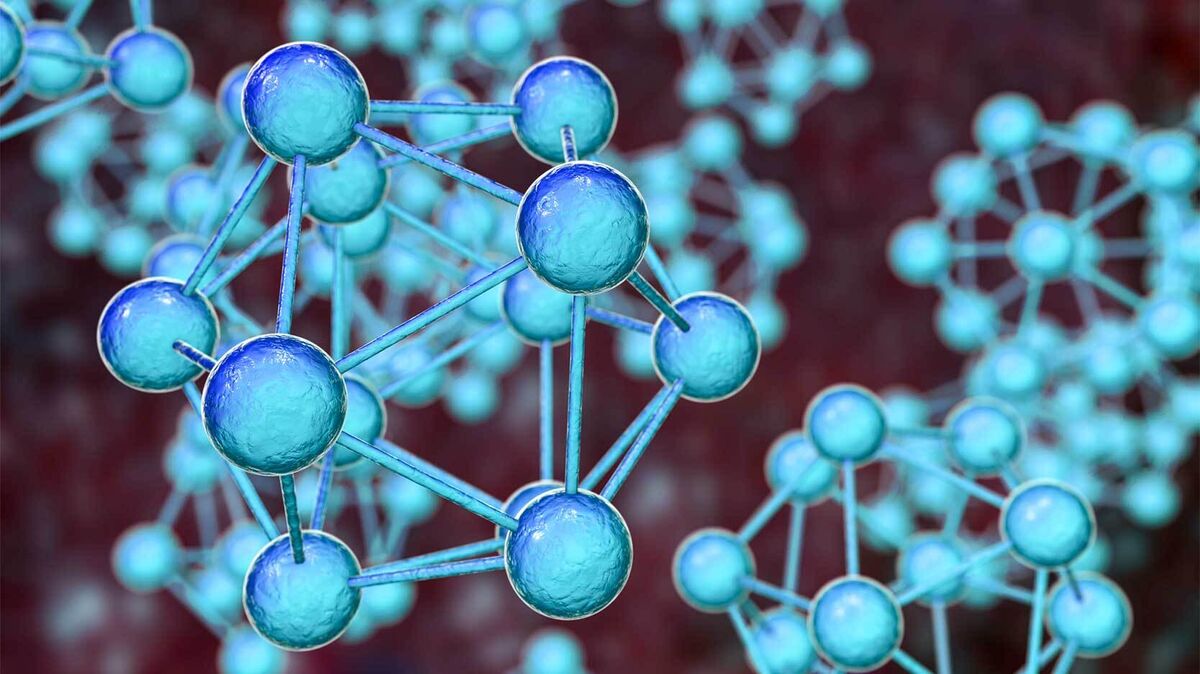
The term ionization refers to the use of heat, electricity, chemicals, discharge or radiation to transform atoms that are neutral into atoms with either a positive or negative electric charge. Explore ionization examples along with some of the bonds created through ionization.
Ionization: Changing Atoms Into Charged Ions
There are lots of different examples of ionization because there are lots of situations where atoms are transformed. Some examples that you may be familiar with include:
- When sodium and chlorine combine to make salt, the sodium atom gives up an electron resulting in a positive charge, while chlorine gets the electron and becomes negatively charged as a result.
- When previously neutral hydrogen chloride gas and water combine to create hydrochloric acid. They make hydronium ions that are positively charged and chloride ions that are negatively charged.
- When metallic zinc is exposed to acid, it loses electrons and becomes positively charged.
- Potassium and water combine to make potassium hydroxide plus hydrogen. The sodium gives up an electron to combine with hydrogen and oxygen.
- When radiation interacts with atoms it causes ionization called photoionization. The atoms lose electrons due to high energy radiation.
- Gases at low pressures can experience ionization by a collision when electricity goes through them creating a positive ion and single electron.
- Calcium can lose an electron during ionization to become ionized calcium with a positive charge.
- Sodium can lose an electron to become a positively charged sodium ion.
In each of these different situations, the charge of the atoms change as a result of the exposure to other elements or the combination with other elements.
Creation of Ionic Bonds and Ionization
The loss and gain of electrons cause ionic bonds within different elements, typically between metals and non-metals. The same process of ionization, the change in charge, as described above can happen when any of the following ionic bonds are created:
- lithium fluoride
- sodium chloride
- potassium bromide
- potassium iodide
- cesium bromide
- cesium iodide
- beryllium oxide
- magnesium selenide
- calcium selenide
- barium oxide
- copper(ii) sulfide
- iron(ii) selenide
- cobalt(ii) oxide
- nickel(ii) oxide
- lead(ii) selenide
- tin(ii) sulfide
- lithium sulfide
- sodium oxide
- potassium selenide
- lithium nitride
- potassium nitride
- cesium nitride
- hydrogen acetate
- lithium hydrogen carbonate
Remember this is only a small list of the different bonds that can be created through ionization.
What Is Ionization?
Ionization might seem confusing, but at its core, it’s pretty simple. Ionization is when an atom becomes ionized because it loses or gains an electron. Most atoms exist in a stable state where they have an equal number of protons and electrons. However, if enough ionization energy is applied, then the atom can lose an electron. The amount of ionization energy required to remove an electron varies for each different element.
For example, chlorine can become ionized by gaining an electron to become negatively charged. Therefore, you can think of ionization as an atom going from a normal atom to an ion!
The Importance of Understanding Ionization
Understanding ionization is very important in studying science because ionization explains how the charge of atoms are changed and can help to explain how atoms are transformed. You can observe lots of different examples of ionization in a lab setting, and you can see the results both in science and in compounds that you encounter in your life. To learn more about compounds in chemistry, check out examples of organic compounds.